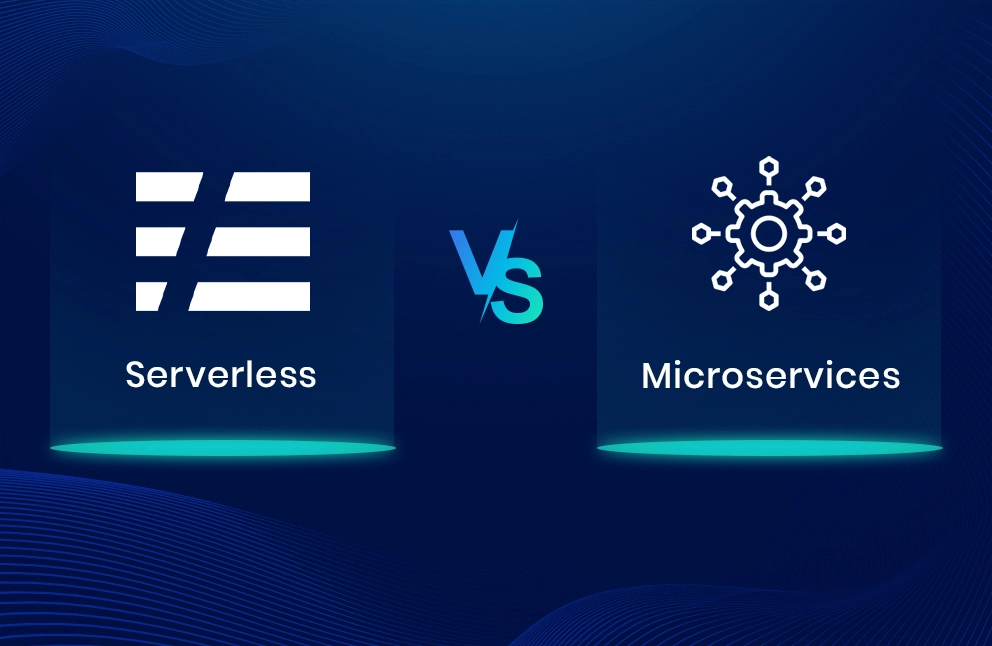There’s a shift happening in how people build and run software. Not just at Google or Netflix, everywhere. Developers, startups, teams in banks and even your local SaaS company. And the shift? That is happening with container technology and the rise of cloud-native applications.
You’ll hear names like Docker, Kubernetes, microservices, and container orchestration. It sounds like jargon, but the core idea is simple: make apps easier to build, ship, and run. No matter where you are. That’s what containerised applications solve.
Let’s break down why the world’s so into this, what containers do, and where they fit in your stack.
What are Containers?
A container is a box. Inside the box is your app and everything it needs to run. That includes libraries, dependencies, config files—the whole deal. You can take that box and run it anywhere. On your laptop, in AWS, in a Kubernetes cluster, or even across hybrid cloud environments.
No more “It works on my machine, but crashes in staging.” That problem dies here.
What makes containers different from virtual machines is that they don’t carry the full OS. They share the host system’s OS but isolate the app. That makes them faster, smaller, and easier to spin up. This portability of containers is one of their biggest strengths.
The Benefits of Containers
Let’s be honest. Containers didn’t catch on because they were technically beautiful. They caught on because they solved real, painful stuff.
- You can ship faster. No “dev vs prod” nightmares.
- You can scale more easily. Spin up 100 instances with one config.
- You can move apps between cloud providers without rewriting everything.
And for teams working in CI/CD pipelines? Containers made automation feel sane again. You build it once. It runs the same way in test, staging, production, wherever. This kind of containerization benefit has changed the way modern teams operate.
-
Containers and Microservices
Microservices architecture wasn’t built for containers. But they sure needed them.
If your app has 20 different services. One for users, one for orders, one for billing. You can’t run all that on a single fat server anymore. Each piece needs to live independently. That’s where containers slot in perfectly.
Every microservice gets its container. It talks to the others over APIs. It fails on its own. It scales on its own. It deploys on its own. And if one crashes? The rest stay fine.
You couldn’t do this well before containerisation. Now it’s standard.
-
Containers in Cloud-Native Development
“Cloud-native” sounds fancy but just means you’re building stuff meant to live in the cloud. Not dragged from some legacy on-prem setup.
Containers are perfect for this because:
- They’re lightweight and fast.
- They fit into orchestrators like Kubernetes.
- They don’t care about the host environment.
They also make apps more cloud-agnostic. Want to run in AWS this year and switch to Azure next year? Fine. Containers don’t care. You’re not locked in.
-
DevOps and Containers
Before containers, DevOps was juggling servers, environments, config files, and a lot of duct tape.
Now?
- Developers build container images once.
- Ops just pulls the image and runs it.
- CI/CD pipelines deploy everything consistently.
It’s not magic, but way less messy than the old way.
Docker containers made building containers easy. Kubernetes made running a bunch of them possible. Together, they reshaped how teams handle DevOps and containers. You don’t have to babysit servers anymore. You declare how things should behave and let the platform handle it.
Scalability and Elasticity with Containers
Imagine you launch a new feature. Suddenly, 10,000 users hit your app. With traditional setups, you’re panicking. With containers? You just add more pods. Kubernetes sees the traffic and spins up more containers automatically.
When traffic slows down, it scales back down. No wasted resources. You pay for what you use.
This kind of scalability with containers is huge, especially for startups or teams with unpredictable loads.
Security in Containerized Environments
Security isn’t automatic, but containers give you structure.
- You can use slim base images with just what you need.
- You can scan containers before pushing them live.
- You can control what containers talk to each other.
It’s still your job to secure your app and data, but containers give you building blocks to make it easier.
One note though, don’t treat container security like fortresses. They’re just part of your security story, not the whole thing.
Challenges and Considerations in Adopting Containers
Here’s where containers trip teams up:
- Stateful services like databases are harder to run in containers. You’ll need to plan for storage.
- Networking and DNS inside Kubernetes can feel like a rabbit hole.
- Monitoring gets tricky. You’ll need container-aware tools.
Also, container orchestration isn’t optional anymore. One container is fine. Ten is okay. But at scale, you need something to manage them, usually Kubernetes. It brings a learning curve.
Best Practices for Container Adoption
Here’s what makes life easier when going container-first:
- Keep containers small. One app per container. Don’t cram things in.
- Version your images properly. Never use “latest” in production.
- Automate builds and deploys. Manual stuff always breaks eventually.
- Use private registries. Don’t rely on public ones for production.
And if you’re not ready for Kubernetes? That’s fine. Start with Docker Compose or AWS ECS. Learn what works for your team first.
So Why Is the World Moving to Containers?
Because they solve real, annoying problems. Not in theory—in real code, real deploys, real teams.
They let devs move faster. They help ops sleep better. They keep costs down. And they make cloud apps behave more like they should.
Containers won’t fix a bad app or broken processes. But they will give you the foundation to build, test, and scale properly.
If you’re just getting started, don’t get overwhelmed by the hype. Start small. Run a single service in Docker. Push it to a test server. Break it. Learn what happens. Then go from there.
That’s how everyone else started, too. Still figuring out how to structure your stack? Our team at Perensoft can guide you through containerisation, orchestration, etc. Connect with us today!

Gaurang Joshi
Lead DevOps Engineer
In this article, I want to start a dialogue around design systems. As companies worldwide continue to invest in digital transformations, they are finding that they need to shorten the time it takes to build new products. A Design System is one such resource that helps you do this efficiently across multiple touchpoints. So without any further delay, let’s quickly dive into it.
